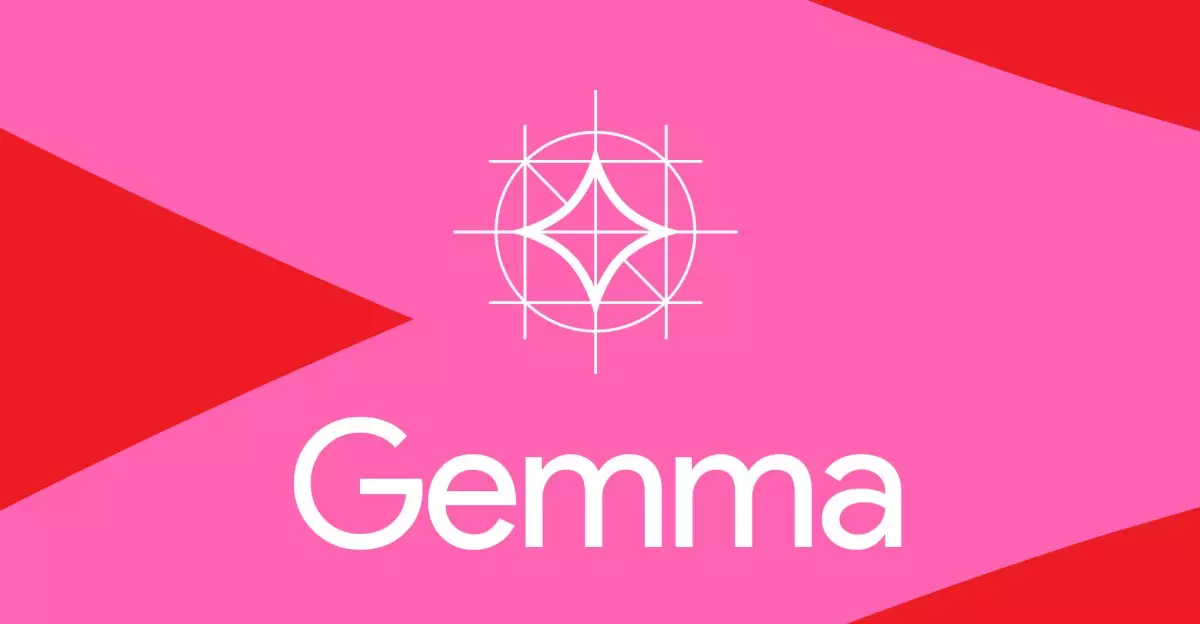Gemma 3, the latest iteration of Google’s multifaceted AI models, has sparked a renewed conversation in the tech community regarding the capabilities and applications of artificial intelligence. With an ambitious aim to interpret not just text but also images and short videos, Gemma 3 is designed to push the boundaries of what AI can accomplish. The significance of these advancements cannot be understated; in a world where digital interaction predominates, having an AI that can seamlessly engage with different types of media opens the door to numerous innovative applications across various industries.
Performance Metrics That Impress
Claiming to be the “world’s best single-accelerator model,” Gemma 3 has set a high bar for its competitors. The model reportedly outstrips other renowned models such as Facebook’s Llama and OpenAI in performance, especially when running on a single GPU. These metrics point to a future where even resource-constrained environments can leverage sophisticated AI capabilities. The technical prowess demonstrated here is a response to the rising demand for AI technologies that do not necessitate robust hardware to function effectively. It reflects an acute awareness of market needs—something that is essential in an era characterized by financial and resource limitations for many development teams.
Enhanced Safety Features and Ethical Considerations
One notable aspect of Gemma 3 is its commitment to safety and ethical usage. The introduction of the ShieldGemma 2 image safety classifier indicates Google’s recognition of the potential for AI to be misused. By implementing filters to screen content classified as sexually explicit and dangerous, Google is engaging with one of the central challenges regarding AI technologies: ensuring they are not weaponized against societal norms and safety. This proactive approach is commendable, especially in a landscape wherein ethical missteps could bring about significant backlash.
Debates Around Openness in AI
However, the term “open” in the context of Gemma raises eyebrows and fuels an ongoing debate about the nature of open-source AI. While Google positions Gemma as an “open” model, restrictions tied to its licensing have led to scrutiny about how genuinely versatile and accessible the technology is. Many in the tech community argue that genuine openness goes hand in hand with unrestricted access and adaptation capabilities. Thus, enclosed models are often seen as paradoxical, dampening the potential collaborative advantages typically associated with open-source initiatives.
The Future Landscape of AI Development
As Gemma 3 is rolled out, its introduction is simultaneously seen as a challenge and an opportunity for other researchers and developers. The accompanying Google Cloud credits and the Gemma 3 Academic program for funding research indicate that Google is also hedging its bets on academic and practical developments stemming from its latest model. Initiatives like these underscore the importance of collaboration in the AI ecosystem, enhancing the prospects of groundbreaking developments that could emerge from both established entities and emerging talent.
The launch of Gemma 3 encapsulates the multifaceted, contentious, and rapidly evolving landscape of AI technology. As it continues to attract attention and generate discussion, it will be critical to monitor how developers leverage its capabilities while navigating the ethical and practical challenges presented in their applications.

